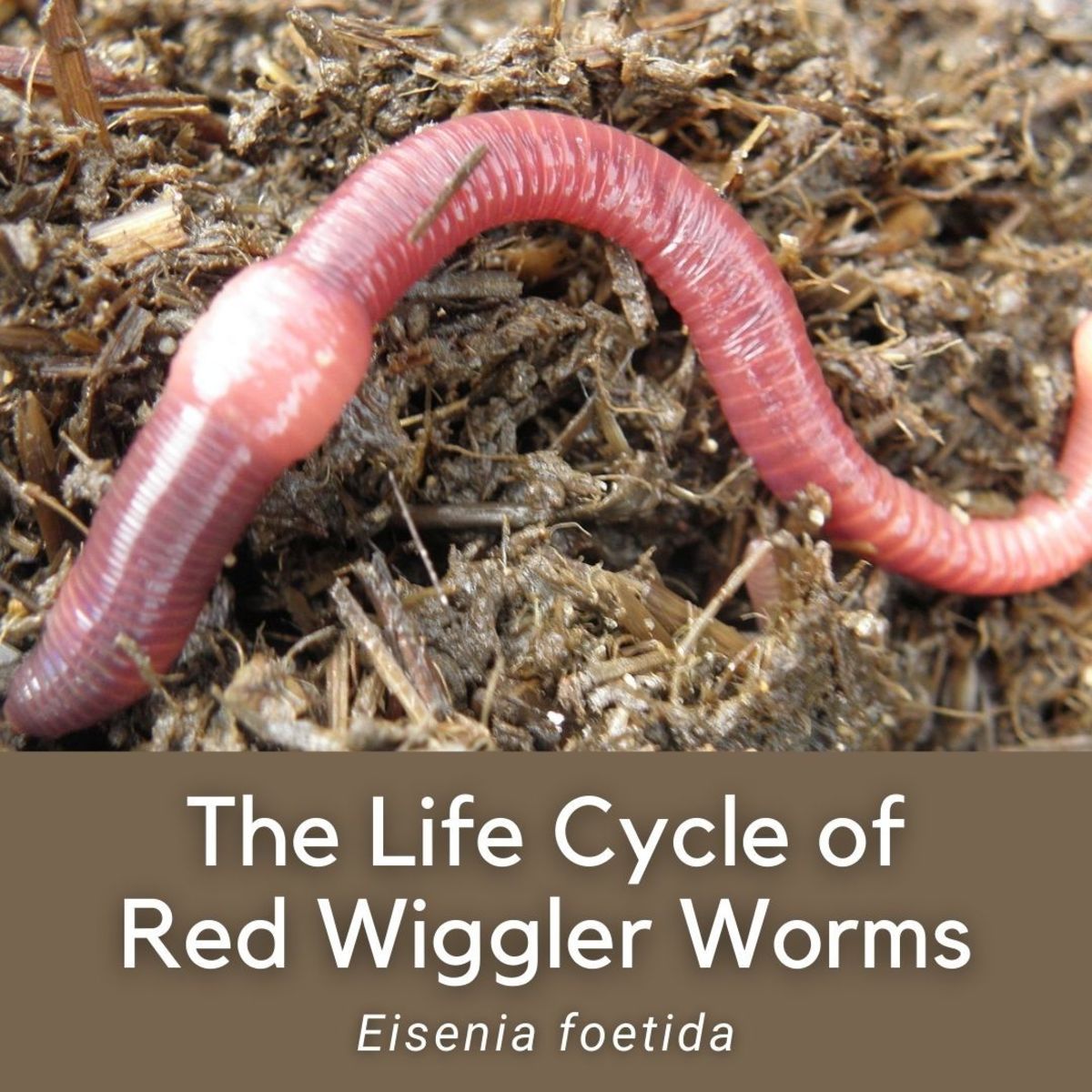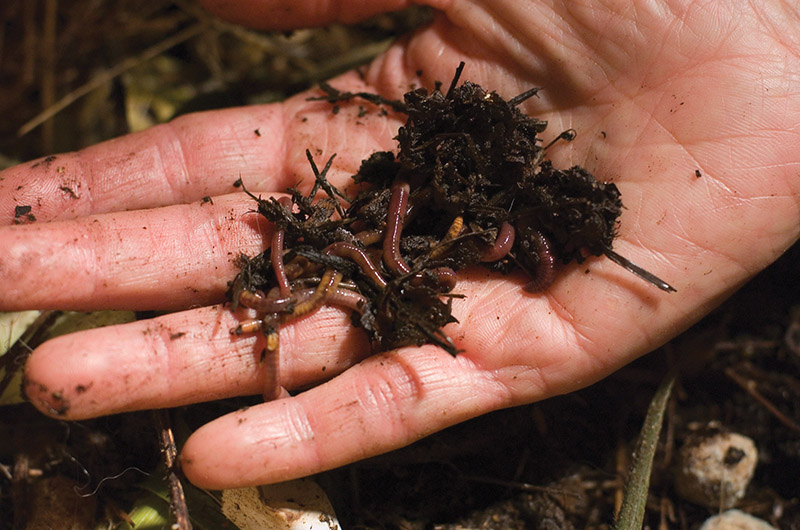Red Wiggler Worms - Perfect for Vermicomposting and Soil Enrichment
Maximizing the Advantages of Red Wiggler Worms: A Comprehensive Handbook for Home Gardeners and Urban Farmers
In the world of lasting horticulture methods, red wiggler worms stand as unsung heroes, silently transforming organic waste into nutrient-rich castings that can function marvels for soil health and wellness. By discovering the details of how to efficiently care for and make the most of the advantages of red wiggler worms, individuals can open a wealth of chances for boosting the sustainability and productivity of their gardening ventures.
Recognizing Red Wiggler Worms
Red Wiggler worms, renowned for their effective composting capabilities, are a varieties of earthworms commonly made use of in vermiculture practices. These worms, clinically known as Eisenia fetida, prosper in rotting organic material, making them suitable candidates for composting (Red Wiggler Worms). Red Wigglers are voracious eaters, qualified of consuming their own weight in natural waste daily. Their digestive process breaks down natural matter right into nutrient-rich castings, which are a useful source for enriching dirt and promoting plant development.
One secret attribute of Red Wiggler worms is their reproductive rate. These hermaphroditic animals possess both male and female reproductive body organs, allowing them to reproduce rapidly under favorable conditions. A mature Red Wiggler can create numerous spawn in a brief duration, making certain a stable population within a composting system.

Establishing a Worm Bin
When establishing a worm container for vermiculture purposes, correct prep work and interest to information are vital for producing a conducive environment for Red Wiggler worms. Begin by selecting an ideal container for your worm container.

Location the worm bin in a cool, dark place far from direct sunlight and severe temperature levels. Regularly keep an eye on the moisture levels, adding water if the bedding feels half-cracked or completely dry. Feed the worms a balanced diet regimen of fruit and vegetable scraps, staying clear of citrus fruits, onions, and spicy foods. By complying with these steps, you can establish a flourishing worm container that will successfully refine natural waste right into nutrient-rich vermicompost for your garden.
Feeding and Keeping Worms
Making sure a well balanced and healthy diet is crucial for the health and performance of Red Wiggler worms in a vermiculture system. It is vital to stay clear of feeding them citrus fruits, onions, garlic, milk products, meat, and oily foods as these can be hazardous to the worms or trigger other undesirable smells in the container.
Correct dampness degrees are additionally vital for the wellness of Red Wiggler worms. By diligently monitoring their diet, moisture, and ecological problems, home gardeners and city farmers can maintain a effective and healthy Red Wiggler worm population for composting functions.
Collecting Worm Castings
To efficiently extract nutrient-rich worm castings from the vermicompost, a systematic harvesting procedure is crucial for taking full advantage of the composting advantages. Red Wiggler Worms. The primary step in collecting worm spreadings is to urge the worms to move to one side of the bin. This can be attained by placing fresh image source food scraps on one side and leaving the opposite uninterrupted for a couple of days. Once the majority of worms have actually moved to the side with fresh food, the castings can be collected from the contrary side.
After the spreadings have actually been gathered, it is very important to divide any kind of continuing to be worms from the spreadings to prevent harming them throughout storage or application. One effective method is to produce conical heaps of spreadings under intense light. Worms will naturally relocate away from the light, permitting simple splitting up and removal.
Last but not least, the collected worm castings ought to be saved in a great, dark, and dry area to maintain their quality and efficiency as a nutrient-rich dirt change. By following these actions, home gardeners and metropolitan farmers can take full advantage of the benefits of red wiggler worms in their vermicomposting systems.
Utilizing Worm Castings in Gardening
The incorporation of nutrient-rich worm castings into garden dirt can substantially improve plant development and general soil wellness. Worm spreadings, additionally understood as vermicast, are an all-natural fertilizer generated by red wiggler worms as they break down natural issue. These spreadings are abundant in essential nutrients like nitrogen, phosphorus, potassium, and useful microbes that promote plant growth and enhance dirt framework.
When making use of worm spreadings in horticulture, it is vital to blend them completely into the soil or use them as a top dressing around plants. The slow-release nature of worm castings makes sure a steady supply of nutrients to plants in time, minimizing the threat of nutrient leaching and advertising long-lasting soil fertility. Additionally, worm castings assist enhance dirt oygenation, water retention, and microbial activity, producing a healthy environment for plant roots to flourish.

Conclusion
To conclude, the utilization of red wiggler worms in home horticulture and metropolitan farming can considerably benefit soil health and wellness and plant growth. By understanding just how Continue to establish and preserve a worm container, feed the worms properly, and gather their nutrient-rich spreadings, gardeners can make best use of the benefits of these earthworms. Integrating worm castings right into gardening techniques can enhance dirt fertility and general plant performance. Generally, red wiggler worms use a reliable and sustainable remedy for boosting yard and ranch returns.
In the realm of sustainable gardening techniques, red wiggler worms stand as unrecognized heroes, silently transforming organic waste right into nutrient-rich castings that can work wonders for soil health.When developing a worm bin for vermiculture purposes, proper prep work and focus to information are necessary for developing a conducive setting for Red Wiggler worms. The first step in gathering worm spreadings is to encourage the worms to migrate to one side of the container. Worm castings, likewise recognized as vermicast, are an all-natural plant food produced by red wiggler worms as they damage down organic matter. By recognizing just how to establish up and preserve a worm bin, feed the worms correctly, and collect their nutrient-rich castings, garden enthusiasts can make the most of the benefits of these earthworms.